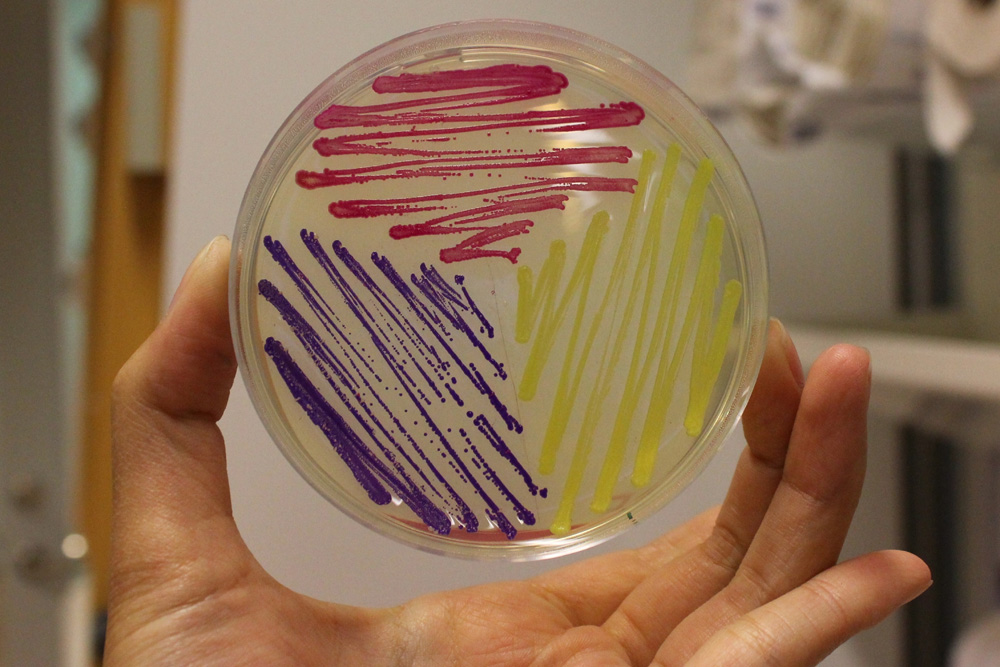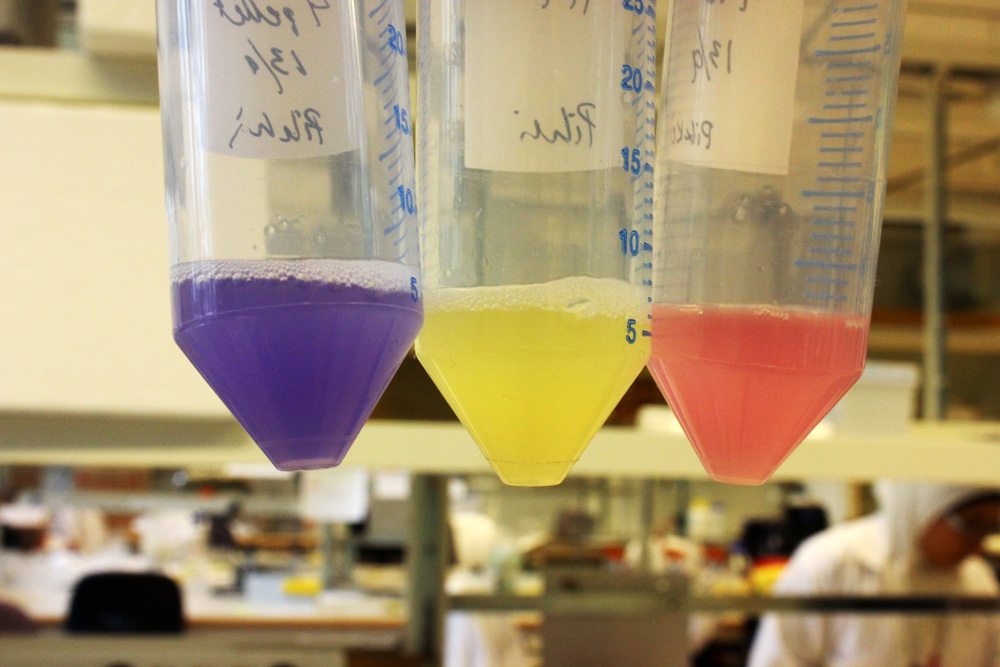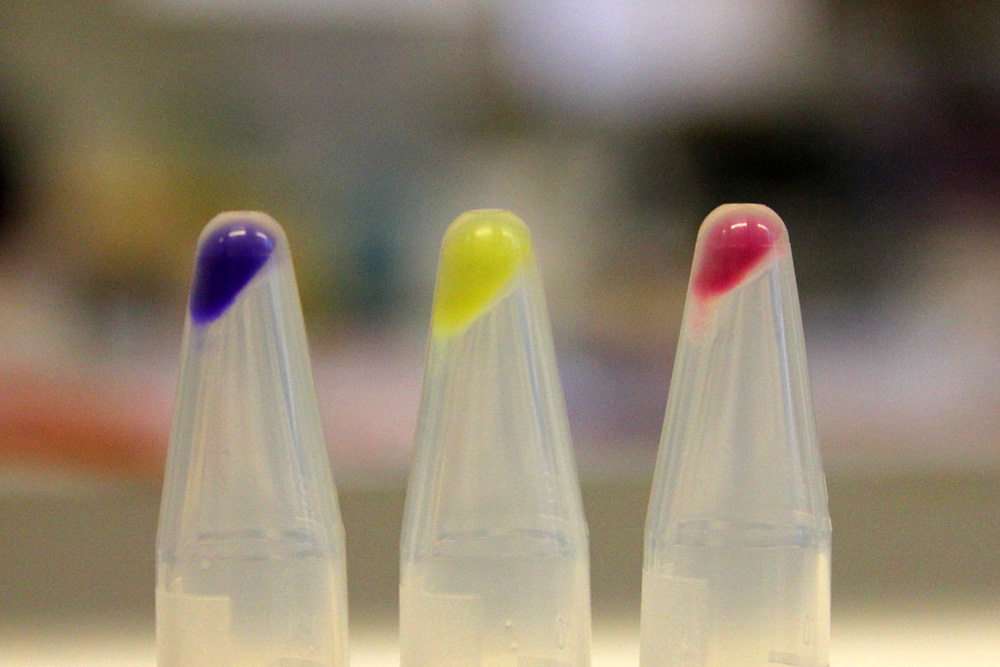Difference between revisions of "Part:BBa K592009"
| Line 12: | Line 12: | ||
'''iGEM11_Uppsala-Sweden:''' Expression of chromoproteins. The images above show ''E coli'' constitutively expressing amilCP <partinfo>BBa_K592009</partinfo> (blue), amilGFP <partinfo>BBa_K592010</partinfo> (yellow) and RFP <partinfo>BBa_E1010</partinfo> (red). Also see the green chromoprotein cjBlue <partinfo>BBa_K592011</partinfo>. | '''iGEM11_Uppsala-Sweden:''' Expression of chromoproteins. The images above show ''E coli'' constitutively expressing amilCP <partinfo>BBa_K592009</partinfo> (blue), amilGFP <partinfo>BBa_K592010</partinfo> (yellow) and RFP <partinfo>BBa_E1010</partinfo> (red). Also see the green chromoprotein cjBlue <partinfo>BBa_K592011</partinfo>. | ||
| + | |||
| + | ===Getting this part=== | ||
| + | All chromoproteins displayed above should be available, but if the registry cannot send them, feel free to contact the Uppsala University team directly via erik.gullberg(at)imbim.uu.se, and we will send them to you. | ||
===References=== | ===References=== | ||
Revision as of 14:01, 9 October 2012
amilCP, blue chromoprotein
This chromoprotein from the coral Acropora millepora, amilCP, naturally exhibits strong color when expressed. The protein has an absorbance maximum at 588 nm giving it a blue/purple color visible to the naked eye, thereby requiring no instruments to observe. The strong color is readily observed in both LB or agar culture, in less than 24 hours of incubation.
Usage and Biology
This part is useful as a reporter. In the pictures below it's built into BBa_K592015.
iGEM11_Uppsala-Sweden: Expression of chromoproteins. The images above show E coli constitutively expressing amilCP BBa_K592009 (blue), amilGFP BBa_K592010 (yellow) and RFP BBa_E1010 (red). Also see the green chromoprotein cjBlue BBa_K592011.
Getting this part
All chromoproteins displayed above should be available, but if the registry cannot send them, feel free to contact the Uppsala University team directly via erik.gullberg(at)imbim.uu.se, and we will send them to you.
References
[http://www.ncbi.nlm.nih.gov/pubmed/18648549] Alieva, N. O., et al. 2008. Diversity and evolution of coral fluorescent proteins. PLoS One 3:e2680.
Sequence and Features
- 10COMPATIBLE WITH RFC[10]
- 12COMPATIBLE WITH RFC[12]
- 21COMPATIBLE WITH RFC[21]
- 23COMPATIBLE WITH RFC[23]
- 25COMPATIBLE WITH RFC[25]
- 1000COMPATIBLE WITH RFC[1000]



